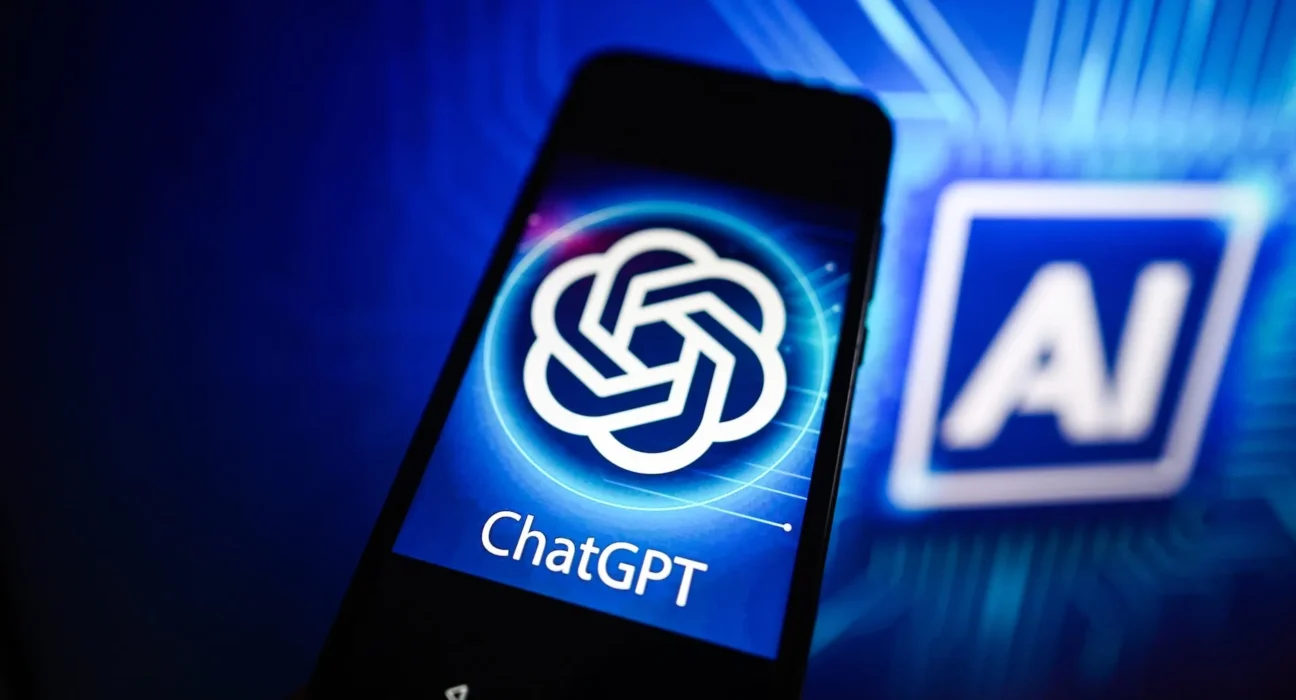OpenAI Launches Real-Time Voice-to-Voice GPT Update

OpenAI Launches Real-Time Voice-to-Voice GPT Update with GPT-4o
🚀 Introduction: The Future of Conversational AI Is Here
OpenAI has introduced a groundbreaking update with its latest release: real-time voice-to-voice communication powered by GPT-4o. This new capability enables seamless, natural, human-like conversations through a Realtime API, marking a major leap forward in how we interact with AI. The update is now available in public beta for all paid developers.
🧠 What Is GPT-4o Real-Time API?
The Realtime API is OpenAI’s most advanced solution for enabling live voice interaction. Instead of separating speech recognition (ASR), text processing, and speech synthesis (TTS), the GPT-4o model handles it all natively, resulting in fast, fluid, and emotionally rich voice conversations.
Developers can connect via WebSocket or WebRTC, stream audio input to the GPT model, and receive back spoken responses with near-zero delay.
🔧 Key Features and Capabilities
- Full Voice-to-Voice Pipeline: Convert human speech into AI responses entirely in real-time.
- WebRTC & WebSocket Support: Persistent, low-latency connections for smoother experiences.
- Function Calling: The real-time model supports calling backend functions mid-conversation.
- Emotion & Tone Control: Expressive speech output using prebuilt voices like Ash, Coral, Verse, Sage, and Ballad.
- Interruptibility: Users can speak over the AI and get immediate response interruption, simulating human-like dialogue.
- Prompt Caching: Reduces token costs and speeds up repetitive request performance.
🗣️ New Voices & Customization
OpenAI has introduced five expressive voices:
- Ash – Clear and confident
- Coral – Friendly and warm
- Verse – Calm and articulate
- Sage – Analytical and thoughtful
- Ballad – Soft and expressive
Each voice can be customized for tone, speed, and emotion, making it ideal for use cases like customer service, smart assistants, accessibility tools, and storytelling apps.
⚙️ How Developers Can Use It
- Use the Agents SDK to convert a traditional text-based chatbot into a full voice agent.
- Stream audio through
gpt-4o-realtime-previewendpoint. - Enable features like dynamic interrupts, custom function calling, or user-defined conversation flows.
- Deploy over WebRTC for faster, call-like performance.
- Manage real-time interactions through OpenAI’s developer dashboard.
💰 Pricing Breakdown
- Text Tokens: $5 per million input, $20 per million output
- Audio Input: $100 per million tokens (~$0.06 per minute)
- Audio Output: $200 per million tokens (~$0.24 per minute)
- Prompt Caching: Can reduce costs by 50% for repeated prompts
OpenAI also released snapshot models with improved performance and ~60% cost savings, effective June 3, 2025.
⚡ Performance & Latency
- Sub-second response time
- Supports streaming input/output for voice and text
- Models optimized for live interruptible conversations
- Enhanced noise cancellation and semantic voice activity detection
🧪 Use Cases
| Industry | Use Case |
|---|---|
| Customer Service | Voice bots with real-time understanding and emotional tone |
| Education | Conversational learning with voice feedback |
| Accessibility | Tools for visually impaired users that respond naturally |
| Voice Games & Companions | Interactive NPCs with live voice reactions |
| Smart Assistants | Real-time task execution with voice instructions |
📅 What’s New in June 2025 Release
- Public beta availability of Realtime API with GPT-4o
- Launch of new snapshot audio models:
gpt-4o-realtime-preview-2025-06-03 - Improvements to voice latency, emotion control, and API stability
- Enhanced Agents SDK for building plug-and-play voice agents
- New voice caching, replay, and streamlining features
🌐 Developer Adoption and Feedback
Developers are already integrating this into:
- Voice note summarizers
- Live translation apps
- AI phone agents
- Speech therapy tools
- Interactive storytelling platforms
OpenAI has encouraged feedback during the public beta to shape future iterations and expand capabilities further.
📈 The Bigger Picture: Voice as the New Interface
With this update, OpenAI is pushing closer to the vision of multimodal, voice-native AI assistants—systems that not only understand language but can also respond with emotion, interrupt naturally, and adapt tone and style in real-time. This brings applications one step closer to Jarvis-like AI assistants.
✅ Conclusion: A Voice That Understands and Responds Instantly
The GPT-4o voice-to-voice update is more than just a new feature—it’s a major leap forward in how we talk to AI. With real-time speech processing, function support, and human-like voices, OpenAI has unlocked a new generation of applications across every sector. Whether you’re a developer building tools or a user interacting with assistants, this update delivers the closest experience yet to true conversational AI.





